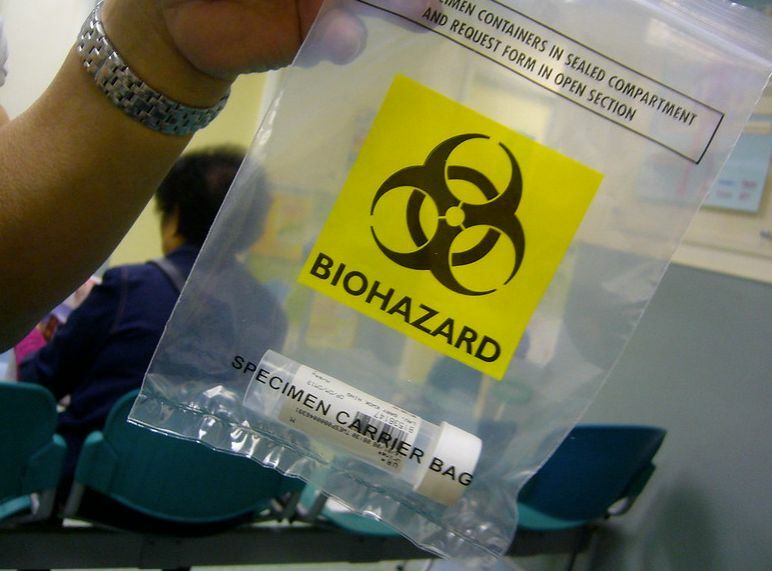Taking the p*ss: Experts decode urine’s health secrets

Your urine colour could reveal your health issues, according to urological experts. These professionals recommend self-health checks by observing one’s urine colour, as this can reflect physical discomfort.
Urine is typically pale yellow and clear, with more water consumption leading to clearer urine. However, if despite high water intake, your urine remains dark yellow or conversely, without consuming a lot of water, it remains clear, you may be experiencing health problems.
Certain foods, medicines, and vitamin supplements can change urine colour even when adequately hydrated. But some urine colours may be warning signs of disease, including signs of dehydration. Experts have divided urine colour into eight categories.
1. Dark yellow urine: Dark yellow, amber, or even dark orange urine usually indicates not drinking enough water. Other signs of dehydration can include fatigue, chills, headaches, bad breath, a craving for sugar, or muscle pain. Some medications can also darken urine colour, such as phenazopyridine, often used to treat urinary tract infection (UTI) symptoms, isoniazid, sulfasalazine, B-complex vitamins, and carotene.
2. Clear or colourless urine: This suggests the body is receiving more fluids than recommended per day, resulting in reduced vitamin levels in the body. Although many people believe the lighter the urine, the better, if urine is consistently colourless, it could be a sign of other health abnormalities, such as diabetes insipidus and kidney disease, or from taking diuretic medications.
3. Dark brown urine: Dark brown, similar to tea or cola colour urine, can be impacted by food such as broad beans, rhubarb, and aloe vera. However, if you haven’t consumed these foods, dark brown urine could indicate severe dehydration, acute kidney disease, haemolytic anaemia, and liver abnormalities such as cirrhosis or acute viral hepatitis. Additionally, patients with a history of skin cancer should watch out. If their urine changes to dark brown, it may indicate the presence of melanin, which is associated with cancer metastasis, as explained by Dr Novakovic.
4. Milky white urine: Usually due to urinary tract infections such as urethritis, cystitis, tuberculous nephritis, pyelonephritis, as well as a condition called chyluria or excess protein in the body. If accompanied by other symptoms such as abnormal urination, lower back pain, and fever, it is likely to be a severe urinary tract infection.
5. Red or pink urine: The cause of red or pink urine can be from eating dragon fruit, beetroot, blueberries, and other red and purple foods. If you are not eating red or purple food, it could be a condition called “blood in the urine,” which may be caused by the kidney, bladder or kidney stones, abnormalities of the urinary system, tumours, lead and porphyrin poisoning.
6. Black urine: Usually results from melanuria, such as patients with acute intermittent porphyria, malarial parasites, and liver disease will excrete black urine. In addition, black urine can also appear in cases of phenol poisoning, skin cancer, and high levels of alkaptonuria.
7. Blue, green or turquoise urine: Although it looks scary, it is just the colour of some medicines, such as antidepressants, cimetidine inhibitors, and anti-inflammatory drugs, as well as possibly being from bilirubin or urinary tract infection. In addition, eating a lot of asparagus can turn urine green and have a characteristic smell. However, this urine colour may come from genetic abnormalities and may be a sign of familial hypercalcaemia or the so-called blue diaper syndrome.
8. Purple urine: This is a rare urine colour, but it does exist, specifically called purple urine bag disease or purple urine in the bag syndrome, often found in elderly patients who have had a urinary catheter inserted for a long time.
Dr Lin Suiyan, a kidney disease specialist, adds two more ways to observe urine for public attention: urine smell and urine foam.
Urine smell: Normal urine has a strong ammonia smell, a sweet fruit smell could indicate diabetes, and a foul smell could indicate a urinary tract infection.
Urine foam: Foamy urine without protein in the urine is usually scattered, of different sizes, and quickly disappears.
Protein in the urine: small, dense bubbles that persist for more than 10 minutes, reported Khaosod.
Latest Thailand News
Follow The Thaiger on Google News:


























